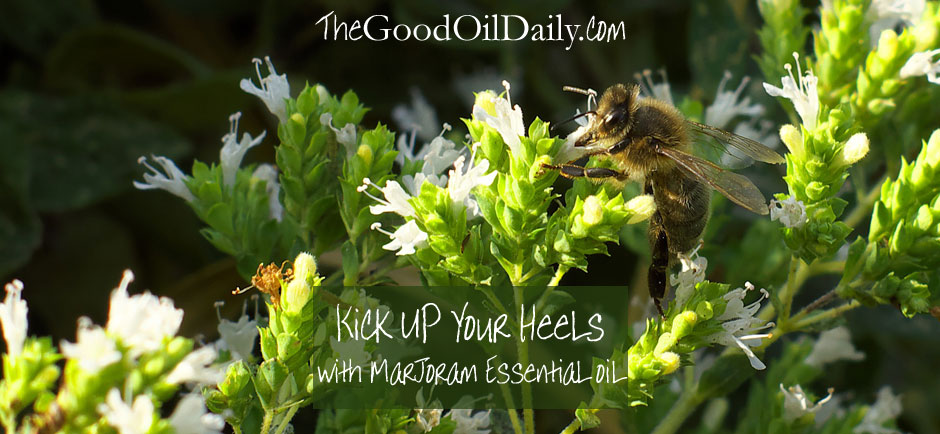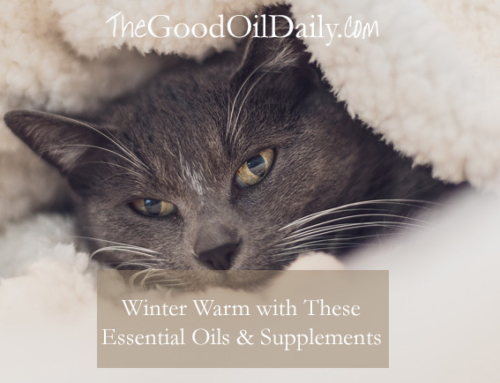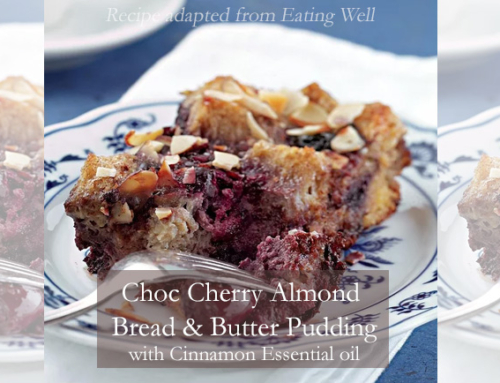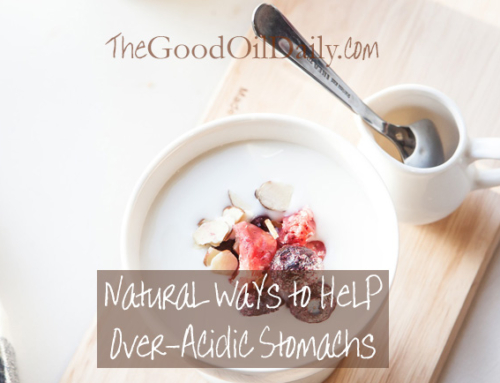In word association tests, I’ll bet ‘joy and happiness’ and ‘herbs’ aren’t often linked together. But if you’re familiar with the marjoram, maybe you’ll be the exception.
Known by the Ancient Greeks as ‘joy of the mountain’ and as ‘herb of happiness’ to the Romans, marjoram has long been esteemed for making people kick up their heels (especially if they’ve grown tired), from both a feelings perspective and a physical one.
While marjoram isn’t as commonly spotted around the traps as its close cousin oregano, it’s milder in flavour – so mild, it’s also known as ‘sweet marjoram’. With herbaceous and savoury flavours finding their way into artisan ice-creams – possibly as part of the growing desire to reduce our sugar intakes and sweet teeth – don’t be surprised if marjoram starts making an appearance there.
And on the subject of names, in a quirky twist, oregano is also called ‘wild marjoram’. Sweet marjoram is marjoram, wild marjoram is oregano. Maybe thinking of wild marjoram as the fuller bodied red-wine drinking Italian pizza-flavouring herb will help you remember which cousin is which.
Marjoram seeds have a long history of use as a helpful and pleasant companion to digestion. Marjoram and oregano are members of the Lamiaceae family which includes peppermint and spearmint, all well known for this same trait.
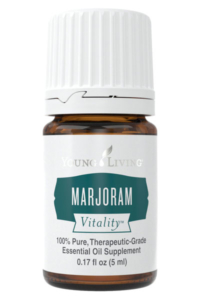 By the by, other essential oils from the Lamiaceae family along with marjoram*, oregano*, peppermint* and spearmint* include basil*, clary sage, dorado azul, hyssop, lavandin, true lavender (lavandula angustifolia*), melissa, micromeria, mountain savory, patchouli, pine, rosemary*, sage*, Spanish sage, thyme* and vitex agnus-castus.
By the by, other essential oils from the Lamiaceae family along with marjoram*, oregano*, peppermint* and spearmint* include basil*, clary sage, dorado azul, hyssop, lavandin, true lavender (lavandula angustifolia*), melissa, micromeria, mountain savory, patchouli, pine, rosemary*, sage*, Spanish sage, thyme* and vitex agnus-castus.
A quick scan of that list shows plenty of culinary herbs and those marked with an asterisk* are available from Young Living for adding to food and drink. And ice-cream should you choose to make it!
Please note that not all essential oils are suitable for this purpose and only those of the guaranteed-pure quality should be considered. It’s imperative to only ever use oils this way when the manufacturer’s label clearly says you can do so.
This will also connect you up with The Good Oil Team for our personal support and coaching. We'd love to help you on your journey to vibrant well-being the natural way!
Any questions? Please get in touch via our Contact page.
Both marjoram (Origanum majorana) and oregano (Origanum vulgare) are perennials with abundantly blooming delicate blossoms ranging in colour across pink, purple and white. Both are found throughout the Mediterranean and used interchangeably to a degree when it comes to culinary delights, being added to a wide range of recipes from stews to vegetables to pizza and pasta.
Do you go out and pluck fresh herbs from your kitchen garden, be it out in the yard or growing in a pot or vertically on your balcony? Be sure to add some marjoram into your mix. It’s pretty low maintenance and bees love it, so you’re helping out these little guys who need all the TLC they can get amongst the uphill battle they face with herbicides and pesticides in the world at large. Not only that, but it’s said to help other plants flourish, so you’ll be doing the rest of your herb and vege patch a favour, too.
The herb marjoram is finer in texture than oregano and this comes through in its gentler, milder flavour. And that flows on through when the leaves of these herbs are steam distilled to capture their essential oils, with both herbs being high in different constituents.
Oregano is considered a ‘hot’ oil, being high in phenols. Care needs to be taken to not diffuse or inhale too closely. When applying to the skin, caution needs to be exercised as it can easily irritate, so generous dilution with a good quality carrier oil is recommended. And remember, one drop goes a long way.
Marjoram, on the other hand, does not have these phenol cautions and is a gentler oil than oregano. You can diffuse it freely and apply topically with the usual safety cautions, diluting depending on your skin’s needs.
Inhaling marjoram essential oil directly from the bottle or diffusing it for the whole household to enjoy will create a lovely, sweetly-herbaceous relaxing vibe. Try diffusing it for an hour or so before dinner to help everyone shed their cares from the school and working day. It will set a great tone so no-one is trying to eat with their stomach in knots.
Marjoram essential oil is one of the oils in Young Living’s Raindrop Technique and is awesome for helping your muscles wind up and down for exercising. It’s also a key ingredient in Young Living’s ready-made massage oil called Ortho Ease™ which is convenient and highly effective for the same purpose.
Legend has it marjoram was used by the goddess of love Aphrodite to make love potions. So if you’re planning on using cooking as a way to your intended’s heart, look for recipes that are marjoram-friendly or add a drop to this recipe for DIY natural perfume and you just never know – it could loosen Cupid’s arrow from its bow!
Not all oils are created equal. Far from it. Quality varies immensely, so please ensure you are choosing a brand with complete transparency from seed to seal, such as Young Living. Discover why we love them so much in this short video.
Essential oils are potent, so as always, please follow directions on the bottle and the usual guidelines for safe use of authentic essential oils.
This will also connect you up with The Good Oil Team for our personal support and coaching. We'd love to help you on your journey to vibrant well-being the natural way!
Any questions? Please get in touch via our Contact page.

